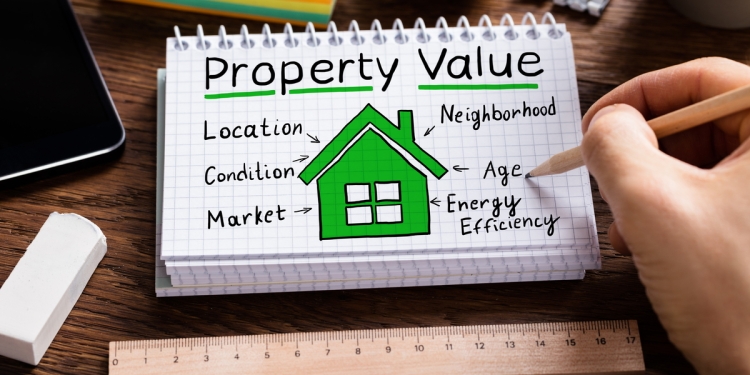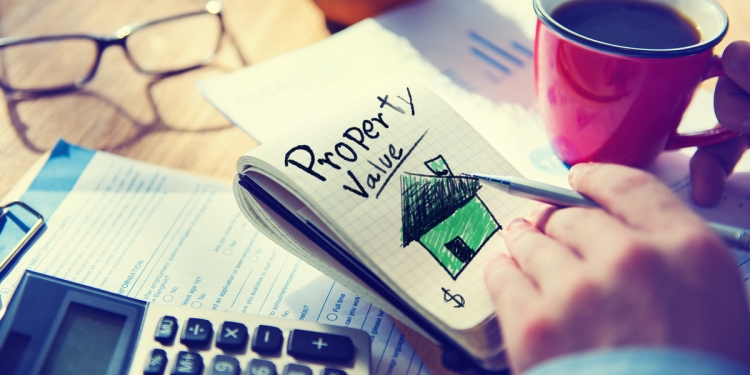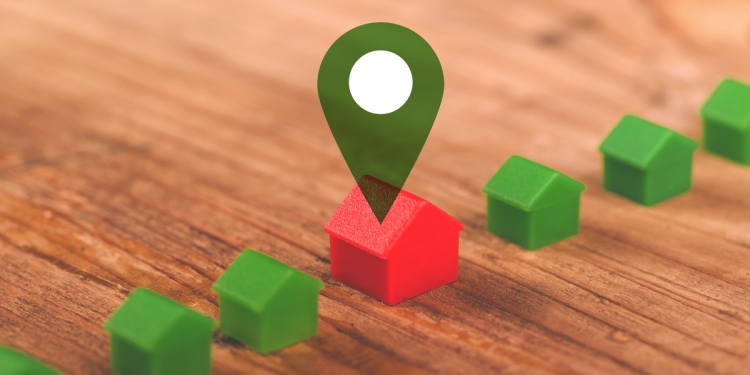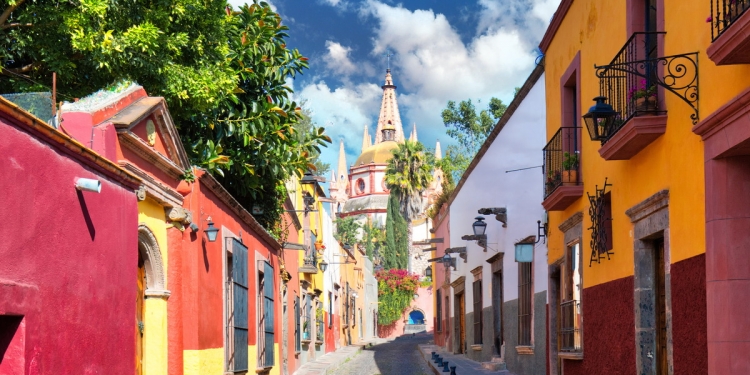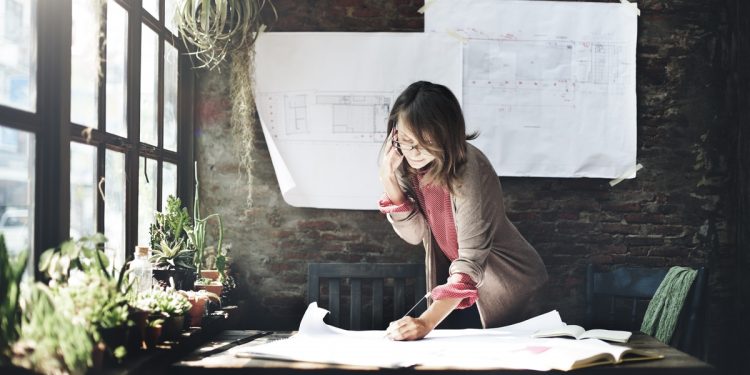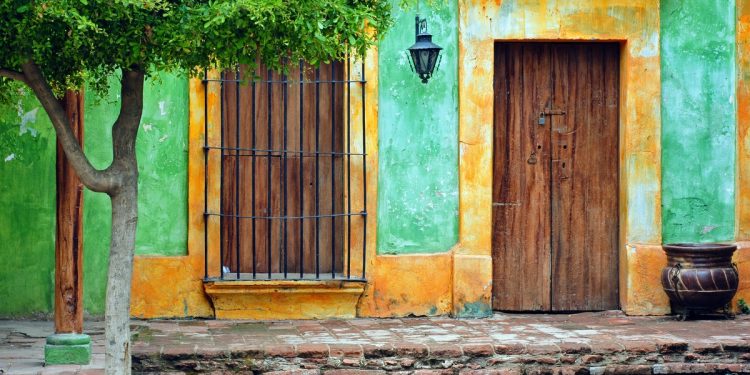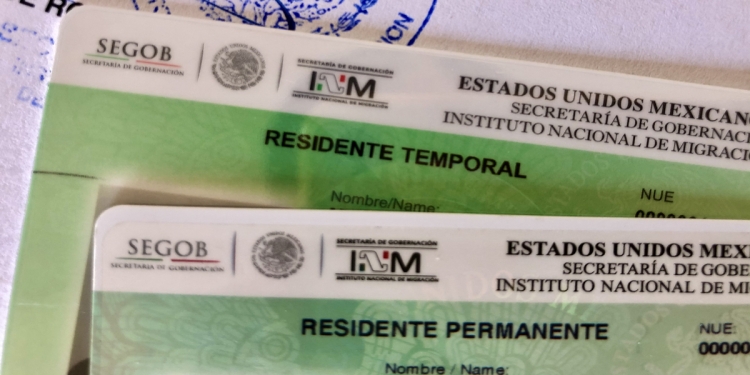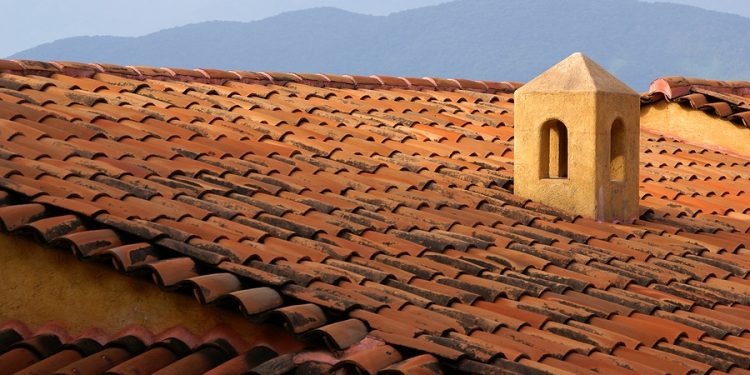When you own a home in Mexico, at some point you may want or need to sell your house. When this happens, you will begin a procedure comparable to the one you undertook when you purchased a home, and as a seller the first thing you’ll need to do is determine what price to ask for your property.
What influences the listing price for a property
As we remarked in a related article about property values in Mexico, extensive price data related to property transactions is not readily available here.
Most sellers in Mexico list their property at the highest realistic potential price point based on several variables, including:
- what they paid for the house, plus improvements over the years; and
- technical calculations that can be used as a baseline for the property’s current value (see below);
- assessed present-day market valuations they might have had undertaken by professional valuation agents;
- advice and estimated market values given to them by local realty agents who would market the property for sale;
- current listings for similar properties in the area as advertised on Mexico’s main property listing portals;
- recent comparable sales they know about in the locality.
The price a property is listed for is often arrived at by a combination of some technical calculations used as a baseline for determining value, plus added value factors and local amenities that add appeal and value to a property.
Technical valuations
There are several methods by which a property’s value can be technically assessed. Three common technical valuations sellers may consider using are:
- Similar recent sales
- Present land & building value
- Annual rental yield value
Similar recent sales
All sellers (and their agents) will reference recent sales of similar properties in the same neighborhood as a benchmark to assess a property’s potential value.
Local realty agents may know the value of recent transactions in the area; listing sites given an indication of asking prices. Assessors who write valuation reports will also reference these prices as part of their calculation.
Present land & building value
This calculation works best for single homes on their own plot of land and less well for condominiums. Take the number of square meters on the plot and multiply by the current market price for land per square meter in the area. One square meter is equivalent to 10.76 square feet.
To this, add the present market construction cost per square meter (this will vary depending on the quality and style of the building) and multiply by the total square meters constructed. This returns an estimate of what the property would cost to buy and build at today’s prices.
Annual rental yield valuation
A rental yield calculation shows a comparative return on the property vis-à-vis other investments, e.g., leaving your money in the bank, or investing in mutual funds. It’s also helpful if the buyer intends to acquire the property to rent it out.
For example, if the property can rent for $15,000 pesos a month ($180,000 pesos a year) and the cash purchase price of the property (including closing costs) is $4 million pesos, the annual gross rental yield would be 4.5%.
Features and local amenities that add value
Technical valuation models are only part of the story when calculating the market value of a residential property. They can provide a baseline number to work from, but most properties tend to sell for more than their technical, investment, or ‘replacement value.’
Certain features on the property can add value, and often, services and amenities that are situated near the property are the things that can push up the desirability—and by extension the demand and the price for any given house.
Examples of features that add value
As we mentioned in a related article, it’s better to have less house in an optimum location than the other way around.
Things that can add value include:
Local infrastructure: The property is well served by local infrastructure that can include good access roads, a local interstate highway, or an airport nearby.
Water supply: The property is served by a reliable water source
Well developed local amenities: The property is surrounded by well-developed local amenities including stores, schools, medical facilities, community centers, sports and gym facilities, restaurants, and cafés, etc.
Bodies of water nearby: The property is near a clean body of water, for example, a river, a lake, or by the ocean; take note that some locations near water may be subject to local flooding and thus more difficult or more expensive to insure.
Attractive views: If the the property has good panoramic views of the area, whether or nor it’s situated close to a body of water, it will fetch a higher price than a similar property without attractive views.
Property condition and maintenance: Properties that have been kept in good condition and well maintained require little or no immediate remedial maintenance or restoration work for the buyer. (For buyers: it’s prudent to get a survey conducted as some homes that look well maintained on the surface might have issues to deal with that are not immediately apparent.)
Agreeable outdoor living and leisure spaces: Properties with mature gardens are attractive to buyers. If the property also has a swimming pool, fountains, attractive driveways, terraces, patios, these are all value-add features that will increase the desirability and value of a home.
Helpful features: Homes with good water storage and pressure systems, solar panels for water heating (and pool if relevant), garages, car ports, bungalows (for guests or renting out), and homes with alarm systems all add something to the overall value proposition of the property.
Kitchens: A modern well-equipped and well maintained kitchen is an attractive selling point and can add some value to the house, not least as they are relatively expensive to install.
Furniture, fixtures and fittings: Some homes are sold with furniture included in the price or as an optional extra. Fixtures and fittings (built-in wardrobes, light units, bathroom units, etc.) are usually included in the price.
Local security: Local security services, for example, provided by guard houses in gated areas— where all residents in the community pay an annual fee to a security management company for continual vigilance may add value for some buyers.
How sellers typically decide their listing prices
The price a seller sets for their Mexican home for sale will typically be calculated using a combination of methods that include:
- Technical valuations to calculate a baseline figure (see above);
- Valuation assessments from realty agents and surveyors
- Seller’s own perceptions and circumstances
Technical valuations and formal assessments
An assessment as made by a professional valuation surveyor and/or a local realty agent’s assessment. These valuations are based on a combination of local research, recent sales data, and their professional opinion about the property and the location it is situated in.
Seller’s perceptions and individual circumstances
The seller’s perceived value of the property, their motivations to sell and the personal circumstances surrounding the sale will also influence the listing price. Factors that can influence this include, and are often a combination of:
- The price the seller paid for the property (and how long ago).
- Investment the seller has made extending, renovating, and improving the property.
- How much neighbors are listing similar homes for, or have sold their comparable properties for recently.
- Preferred timescales in which the seller wants or needs to sell to liquidate the property for cash.
- Seller’s present cashflow situation in relation to maintenance to keep the property structurally attractive; as well other costs like homeowner association fees and taxes.
- Sudden change in circumstances and a need to move: examples include job changes, a death in the family, health issues.
- The current owner’s desire for a change of location, region, or country—and what timeline the seller has in relation to those plans.
Sellers’ typical approach
Sellers know that they might have to negotiate with potential buyers; most properties in Mexico sell for between 5 and 15 percent below their listing price.
If there is weak or no interest in the first few weeks or months following the initial listing for sale, or buyers make inquiries but ask for significant discounts, the sellers might adjust their price downward if they become impatient to sell.
Some properties remain on the market for years with sellers refusing to negotiate on the asking price, which might be unrealistic and, in any event, does not attract many inquiries.
If you’re a patient seller and don’t need to liquidate in a hurry, you could try the long-game approach; however, most sellers are (or become) realistic with their pricing if the house fails to sell in a reasonable timescale, as they prefer to not have the property actively offered for sale in the market for years.
Property sales listing sites in Mexico
These are the principal sites to check when you’re scouting for a property to rent and to gauge sales prices for homes across Mexico.
Housing: listings for property sales in Mexico
Learn more about property in Mexico
Mexperience offers detailed insights about property in Mexico for buyers, owners, renters, and sellers.
- Latest articles and insights about real estate in Mexico
- The value of Mexican real estate
- Tell-tale signs of a good realty agent
- The costs and taxes of buying a home in Mexico
- The costs and taxes of selling a home in Mexico
- Insuring your Mexican home
- Enjoying your home and home life in Mexico
The information published in this article is provided for general information in good faith and is not intended as personal, legal, financial or investment advice.
Mexico in your inbox
Our free newsletter about Mexico brings you a monthly round-up of recently published stories and opportunities, as well as gems from our archives.

